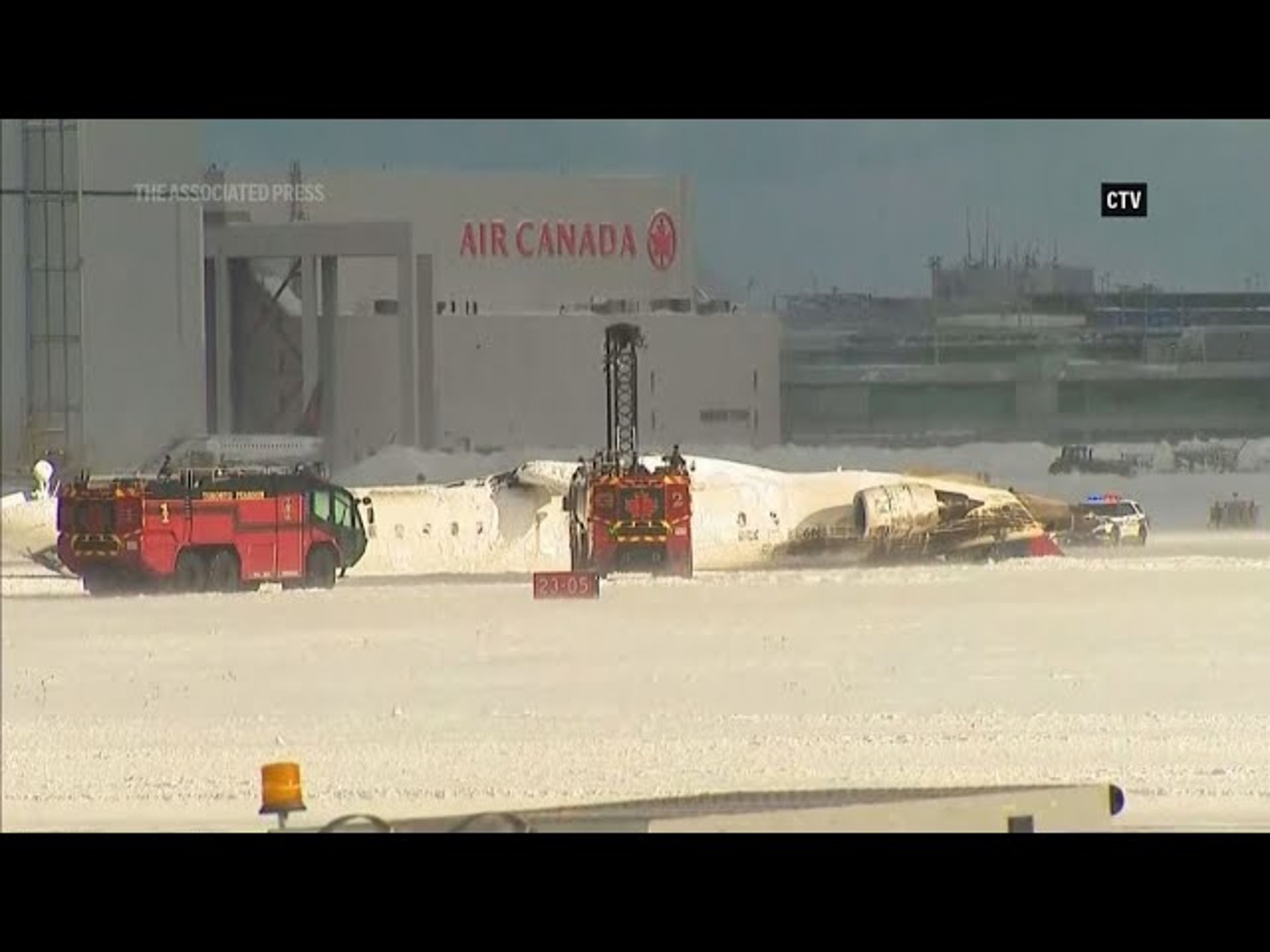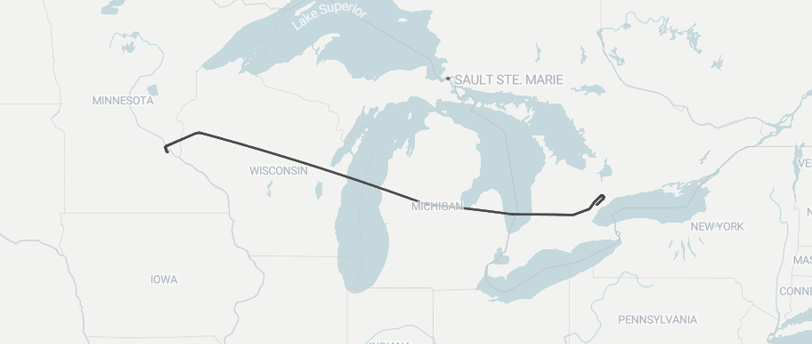
Miracle on the Runway
On a snowy afternoon at Toronto's Pearson International Airport, a Delta Air Lines plane experienced a harrowing incident that left 18 people injured. Fortunately, no fatalities were reported, and the quick response of emergency services ensured that those affected received prompt medical attention. This incident raises critical questions about aviation safety, emergency protocols, and the resilience of passengers and crew in the face of adversity. In this article, we will delve into the details of the crash, explore frequently asked questions, and provide insights into aviation safety measures that can help prevent such incidents in the future.
2/18/20252 min read


Introduction
On a snowy afternoon at Toronto's Pearson International Airport, a Delta Air Lines plane experienced a harrowing incident that left 18 people injured. Fortunately, no fatalities were reported, and the quick response of emergency services ensured that those affected received prompt medical attention. This incident raises critical questions about aviation safety, emergency protocols, and the resilience of passengers and crew in the face of adversity. In this article, we will delve into the details of the crash, explore frequently asked questions, and provide insights into aviation safety measures that can help prevent such incidents in the future.
The Incident: What Happened?
On February 17, 2025, a Delta Air Lines flight encountered severe weather conditions while landing at Toronto Pearson Airport. The plane skidded off the runway and flipped upside down, resulting in 18 injuries, including passengers and crew members. Here are some key details about the incident:
Time of Incident: Afternoon on February 17, 2025
Location: Toronto Pearson International Airport
Aircraft: Delta Air Lines flight
Injuries: 18 people, with most injuries reported as minor
Response: Emergency services were on the scene within minutes
What Caused the Crash?
While investigations are ongoing, initial reports suggest that adverse weather conditions played a significant role in the crash. Snowy and icy runway conditions can severely impact a plane's landing capabilities, leading to loss of control.
Frequently Asked Questions
1. How many people were injured in the crash?
A total of 18 individuals were injured, with most suffering from minor injuries. Fortunately, all passengers and crew members are expected to survive.
2. What were the conditions like at the time of the crash?
The weather was snowy, which contributed to the challenging landing conditions. Icy runways can significantly affect a plane's braking ability, leading to accidents like this one.
3. What safety measures are in place for passengers during emergencies?
Airlines are required to follow strict safety protocols, including:
Pre-flight safety briefings: Passengers are informed about emergency exits and procedures.
Crew training: Flight attendants undergo rigorous training to handle emergencies effectively.
Emergency equipment: Planes are equipped with life vests, oxygen masks, and first aid kits.
4. How does this incident compare to other aviation accidents?
While any plane crash is serious, the fact that there were no fatalities in this incident is a testament to the effectiveness of modern aviation safety measures. Historically, aviation has become increasingly safe, with the odds of being involved in a plane crash being extremely low.
5. What should passengers do in case of an emergency?
Passengers should remain calm, listen to crew instructions, and follow safety protocols. Familiarizing themselves with the safety card in the seat pocket can also be beneficial.
Aviation Safety: Lessons Learned
This incident serves as a reminder of the importance of aviation safety. Here are some key takeaways:
Weather Monitoring: Airlines must continuously monitor weather conditions to ensure safe landings.
Pilot Training: Ongoing training for pilots in handling adverse weather conditions is crucial.
Passenger Awareness: Educating passengers about safety procedures can enhance their preparedness during emergencies.
Emergency Response: Quick and efficient emergency response can save lives and minimize injuries.
Aircraft Maintenance: Regular maintenance checks are essential to ensure aircraft are in optimal condition.
Conclusion
The Delta Air Lines plane crash at Toronto Pearson Airport is a stark reminder of the unpredictability of air travel. While 18 people were injured, the absence of fatalities highlights the effectiveness of safety protocols in place. As investigations continue, it is essential for the aviation industry to learn from this incident and enhance safety measures to prevent future occurrences.
By understanding the factors that contribute to such incidents and implementing robust safety protocols, we can ensure that air travel remains one of the safest modes of transportation available
